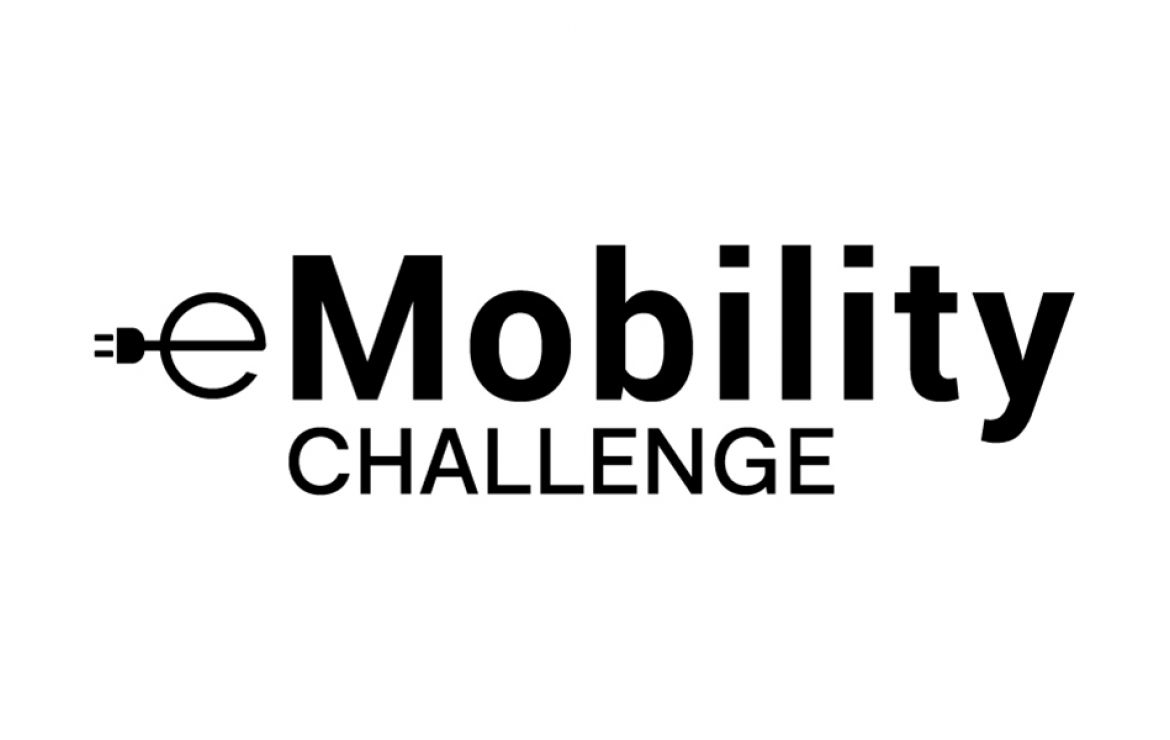
The Stellantis “e-Mobility Challenge” is complete 30 young people grasped the nettle to predict what the future will hold
The collaboration between the Stellantis e-Mobility team and Visionary Days continues this year. Having taken part in the 2019 and 2020 editions of the innovative format made by young people for young people – aimed at creating an environment where those from different backgrounds can meet, discuss and together bring to life their own ideas of the future, the 2021 “e-Mobility Challenge” took place this weekend.
Three dozen under-30s from all over Italy came together in an online marathon to go in greater depth into the proposals put forward at the Visionary Days meeting on November 21st, 2020. The hackathon format was used, a kind of convention-cum-meeting where large numbers of participants gather to find solutions to problems or to raise their ideas. At the Visionary Days last year, over 2,500 participants in the live stream from the Sala Fucine at OGR Torino (Officine Grandi Riparazioni) discussed the ongoing changes to our planet and how to reshape the future, identifying the new frontiers plotted by globalization and the technological revolution now underway.
The participants in this weekend’s hackathon went in greater depth into the e-Mobility ideas put forward at the Visionary Days in November, working in teams on sustainable mobility projects. Divided into groups, the young people discussed their responses to the question “what borders must an automaker cross to add value for its customers in the future?”, along three preset lines. The first dealt with the product offering of the future: what if selecting and customizing a car’s features could soon be as simple as playing a film on Netflix? What if the energy to charge the battery were included in monthly car payments, along with micro-mobility, mobile data or stadium membership? Indeed, the opportunity to integrate services and create a new purchase experience is one to be seized as soon as possible. It is a new frontier ready to be torn down. What’s the answer?
The second topic was the production of the future and the challenges that must be overcome to create a car more responsive to the issues of the modern world. Manufacturers are duty bound to intervene in the phases of car production, to ensure their products can face up to the challenges of the environment. Mining of the lithium needed for the battery modules, green impact, CO2 emissions, certification procedures, solutions to be considered. What’s the answer?
Not to be missed was a look at the communications of the future: simplifying and leveraging the features of an environment-friendly car for their use is not an everyday concern. There are multiple preconceptions, it’s a great idea to be able to shift public opinion, it’s difficult to find a new vernacular to make buyers’ values form part of the technology. A hypothetical new brand, a brand position never seen before, a new chapter to be written. What’s the answer?
The young participants in the hackathon grasped the nettle of these issues, divided into groups of 5 or 6 that gave an online presentation of their results, where they went in great detail into the project and the methodology they applied to deal with and solve the challenge they chose from the three on offer. They were judged by a jury made up of Stellantis experts and technicians, who assessed the work done by assigning a score according to various criteria: the benefits for customers, the manufacturer and the community; the innovation inherent in the project; the effectiveness of the presentation; the viability of the solution put forward and the methodology applied.
After an intensive ‘two days’ of work, the jury named the winner: the team that proposed the “Modular” project (made up of Stanislav Russo, Hava Abram Antonucci, Francesco Prodi and Alberto Mossetto), for its work on the possibility of creating lighter, more compact and modular battery packs that can be quickly replaced at exchange hubs organized to use batteries as accumulators to store energy produced from renewable sources. The jury considered the proposal, although not immediately feasible, to be a scenario that could soon be within the bounds of technology.
It proved an exacting task for the panel to decide on the winning team, all the projects presented having highlighted fascinating, innovative ideas, in line with the mission of the challenge and the requirements of the Stellantis e-Mobility team. For the latter, the mobility of the future must be sustainable from an ecological and economic point of view, but most of all it must be able to eliminate any anxiety or concerns in those who need to move from one place to the other, instead offering increasingly customized services and opportunities.
Just like last year’s event, this weekend’s “marathon of ideas” proved a success, courtesy of the involvement of the new generations and their clear ideas on how to plot the future of mobility.

